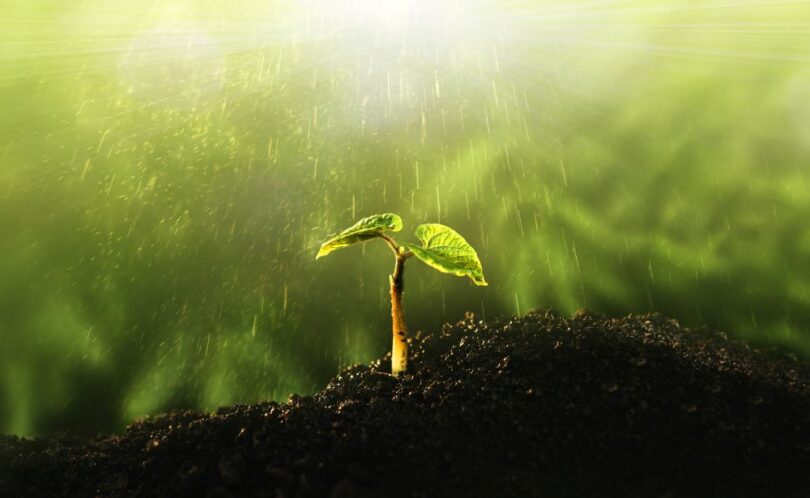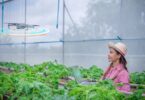Biodiversity—the remarkable variety of life on Earth—is declining at an alarming rate. Human activities have significantly altered three-quarters of the land-based environment, gravely jeopardizing the very systems that support life. However, amidst these challenges, there are glimmers of hope and progress. From the rewilding of predators in Portugal to the protection of hedgerows in England, global efforts are demonstrating that the tide can be turned. This blog post explores these initiatives and the strides we are making in preserving our planet’s precious biodiversity.
Rewilding Portugal: LIFE LUPI LYNX Initiative
Rewilding efforts have gained momentum in Portugal and Spain, particularly with the ambitious LIFE LUPI LYNX initiative. Dedicated to the protection and reintroduction of two iconic species—the Iberian Lynx and the Iberian Wolf—this program works tirelessly to not only create the right environmental conditions for these predators but also engage with local communities to foster coexistence and understanding. The collaborative approach of the Rewilding Portugal team is a compelling example of how human intervention can work beneficially to reinstate nature’s balance.
National Trust’s New Temperate Rainforest Project
Turning to the wet and misty climes of North Devon, the National Trust in England is embarking on a significant project to resurrect temperate rainforests. These unique ecosystems were once widespread across Britain’s west coast but suffered drastic decline. By planting over 100,000 trees, the project seeks to provide a sanctuary for endangered flora and fauna, breathing new life into these ancient woodlands. The plan symbolizes a major step forward in forest conservation and a leap toward enhancing biodiversity.

National Trust’s New Temperate Rainforest Project
England’s Hedgerow Revival and Mapping
In another innovative conservation initiative, extensive mapping efforts in England have revealed a nationwide network of hedgerows that could encircle the globe ten times over. Recognizing the ecological importance of these linear habitats, the mapping stands as a testament to England’s commitment to maintaining and expanding this vital resource. By identifying gaps and potential areas for new hedgerows, the project lays the groundwork for bolstering biodiversity and enhancing carbon capture.
Measuring Biodiversity Recovery in Ecuador’s Chocó Rainforest
The Chocó rainforest in Ecuador offers a window into the recovery of biodiversity through scientific measurement. German and Ecuadorian researchers have adopted sophisticated methods, such as acoustic imaging and DNA-based surveys, to track the return of species to regenerated forests. Their studies have produced optimistic results, showing that diverse life forms can repopulate restored areas within decades, offering hope for restoration efforts worldwide.
Australia’s Threatened Species List Grows
However, not all news is encouraging. The Australian Conservation Foundation has sounded the alarm with an unprecedented spike in the number of species classified as threatened. In 2023 alone, the expansion of the national threatened list underscored the urgent need for decisive action. Advocating for protective measures against habitat destruction, the foundation underscores the critical importance of government intervention in halting biodiversity loss.
Indigenous Wisdom at the World Economic Forum
Indigenous leaders brought their invaluable insights on natural resource stewardship to the forefront during the World Economic Forum summit. Representing those who safeguard an astonishing 80% of the world’s biodiversity, indigenous communities emphasized the necessity of harmonious coexistence with nature. Their traditional knowledge and responsible management of forests not only protect biodiversity but are also essential in the fight against climate change.
Cameroon and the Nagoya Protocol
Demonstrating global collaboration, Cameroon has joined the ranks of countries adopting the Nagoya Protocol. This international agreement aims to fairly share the benefits arising from the utilization of genetic resources. For countries like Cameroon, which are rich in biodiversity and targeted for bioprospection, this move signals a step toward equitable use of natural resources and ensuring that local communities receive rightful compensation.
Conclusion
These vignettes from around the globe paint an invigorating picture of the determination and innovation fueling the race to conserve biodiversity. While the challenges are immense, the collective efforts exemplified by programs, treaties, and conservation strategies offer a path full of possibility. Each project, study, and protocol contributes to a mosaic of attempts to redefine humanity’s role from exploiters to protectors and partners of the natural world.
As we navigate through these uncertain times, it’s critical to not only celebrate these milestones but also to draw inspiration from them. Biodiversity loss is not a foregone conclusion; it’s a pressing issue that can and must be addressed through concerted, global action. From rewilding and restoration to international agreements and local empowerment, the steps we take today will echo through the generations, determining the legacy we leave for the Earth’s biodiversity.
Take Action
Conservation is everyone’s responsibility. You can contribute to these efforts by educating yourself on biodiversity issues, supporting rewilding and conservation projects, or participating in local environmental initiatives. Let’s join hands to create a sustainable future where humanity lives in harmony with nature’s wondrous tapestry of life.







